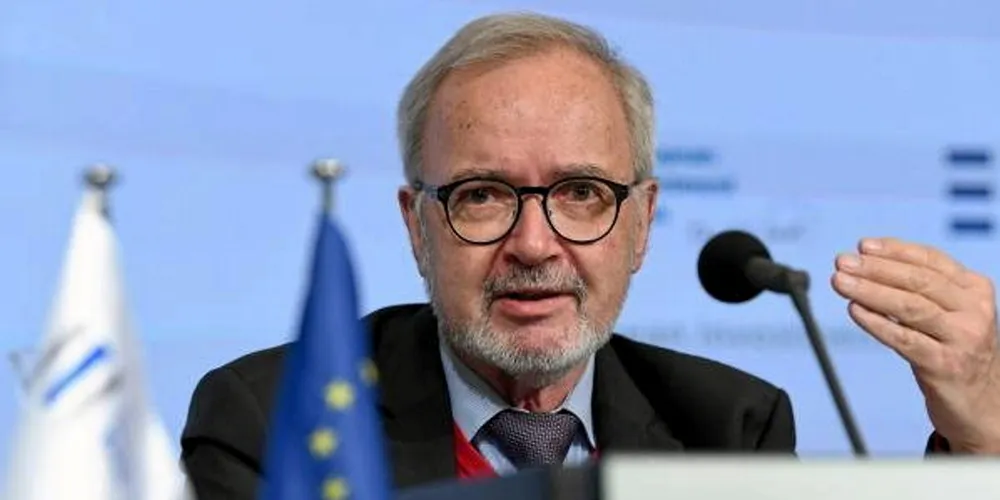EU bank 'puts our money where our mouth is' to stay in green tech race with US
European Investment Bank chief expects it to play key role in Green Deal Industrial plan after record financing last year

European Investment Bank chief expects it to play key role in Green Deal Industrial plan after record financing last year
